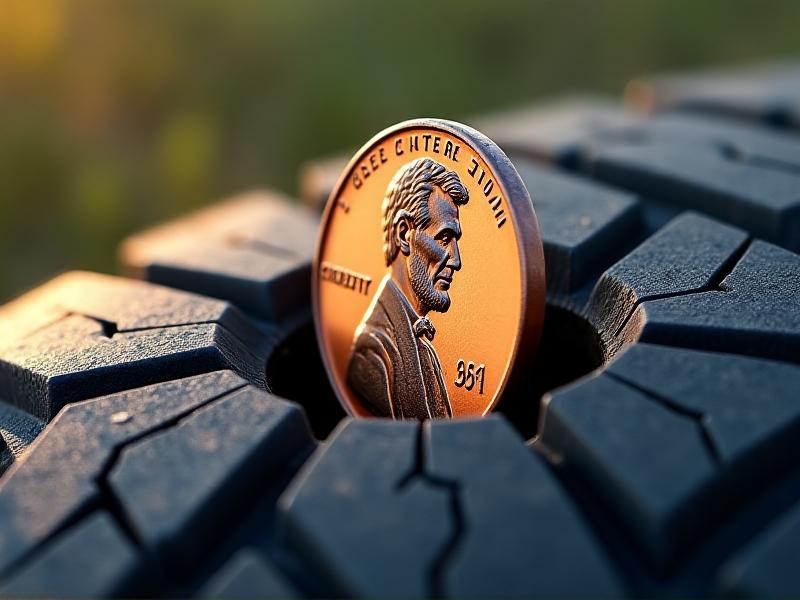```html
Understanding Valve Stems: The Silent Guardians of Tire Integrity
Valve stems are unassuming yet critical components in any vehicle’s tire system. Acting as gatekeepers for air pressure, these small rubber or metal tubes ensure tires remain inflated and functional. Despite their simplicity, valve stems endure constant stress from temperature fluctuations, road debris, and chemical exposure. Over time, their seals degrade, leading to slow leaks that often go unnoticed until a tire is visibly flat. Recognizing their role is the first step in preventing avoidable breakdowns and safety hazards.
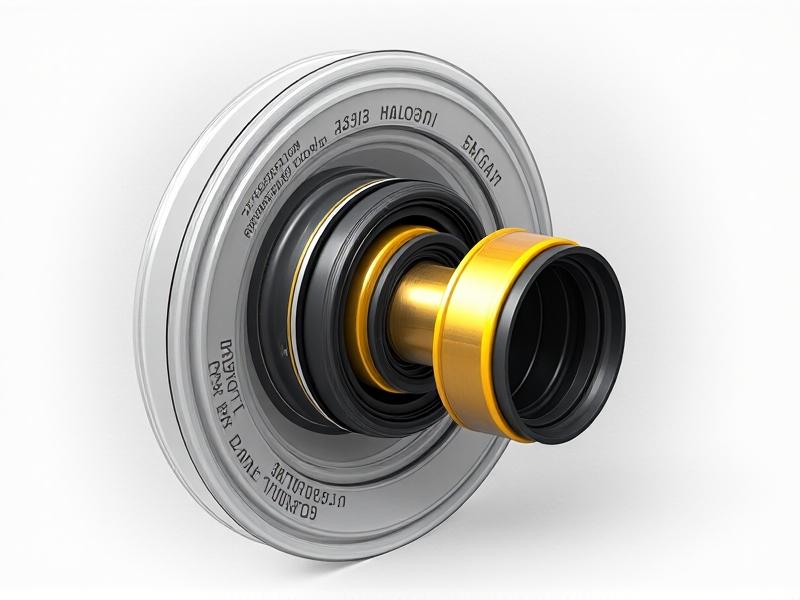
Common Culprits: Why Valve Stems Fail
Valve stem leaks rarely occur without warning. Age-related rubber cracking, corrosion from road salts, and improper installation are primary offenders. Metal valve stems, often found in heavy-duty vehicles, can suffer thread damage, while rubber variants degrade faster in UV-heavy climates. Even the valve core—a tiny threaded pin inside the stem—can loosen due to vibration. Ignoring these vulnerabilities turns minor wear into a cascading failure, compromising tire pressure and fuel efficiency.
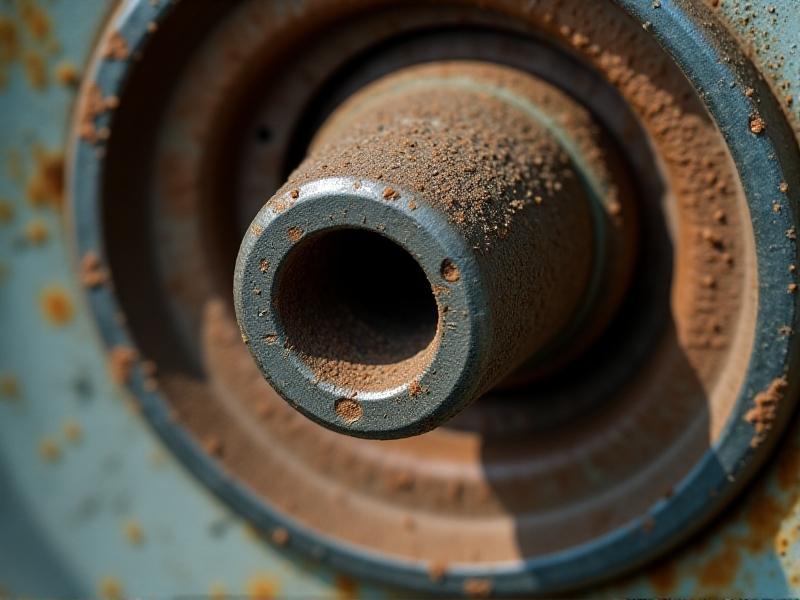
Detecting Leaks: Subtle Signs You Shouldn’t Ignore
Slow leaks often manifest as frequent pressure loss—think weekly top-offs—or hissing sounds near the tire. A soapy water test remains the gold standard: apply soap solution to the valve stem and watch for bubbles. TPMS (Tire Pressure Monitoring System) warnings may also indicate stem issues, though drivers often misattribute them to punctures. Regular visual inspections for cracks, bent stems, or missing caps can catch problems before they escalate.
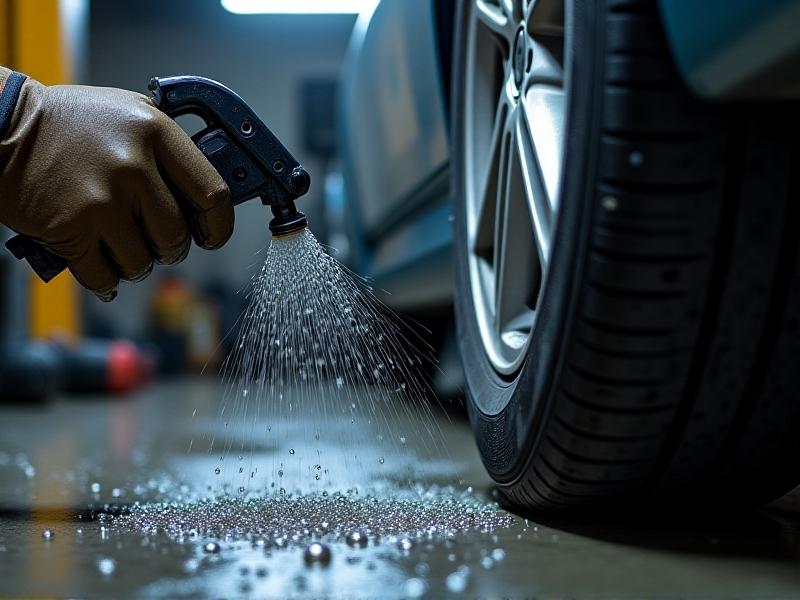
Maintenance Mastery: Prolonging Valve Stem Lifespan
Preventative care starts with valve cap usage—these plastic covers shield against dirt and moisture. Annual inspections during tire rotations should include stem flexibility checks and core tightening. For rubber stems, applying silicone spray minimizes UV damage. When replacing tires, insist on new valve stems; reusing old ones risks undetected wear. DIY enthusiasts can invest in a valve core tool for under $10, enabling quick fixes without professional help.
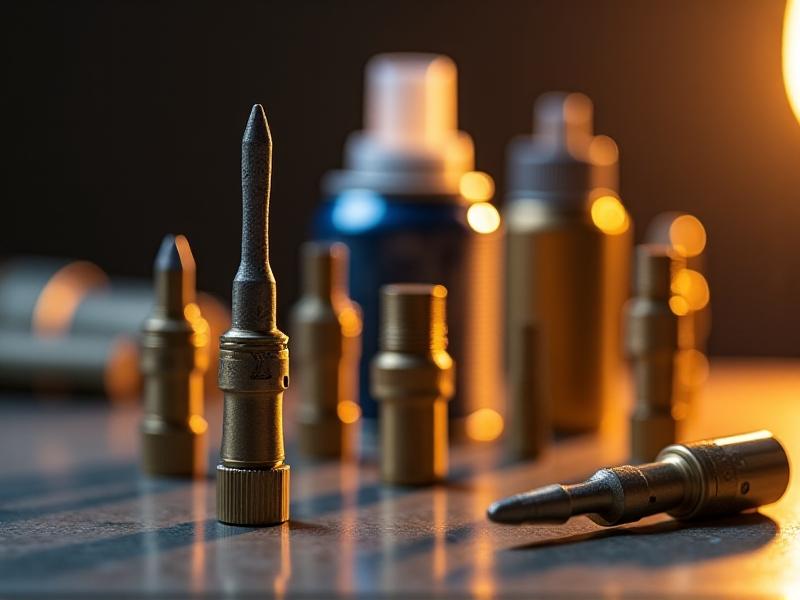
Choosing the Right Valve Stem: Materials and Compatibility
Not all valve stems are interchangeable. Passenger vehicles typically use rubber snap-in stems, while high-performance or off-road models benefit from durable metal clamp-in versions. TPMS-compatible stems have integrated sensors and require specialized installation. Climate also influences material choice—rubber degrades faster in arid regions, whereas metal resists salt-induced corrosion. Always match stem length to rim depth; too short risks airflow obstruction, too long invites snags.
The Domino Effect: How Neglected Stems Impact Safety and Costs
A compromised valve stem doesn’t just flatten tires—it strains suspension components, reduces braking efficiency, and increases rolling resistance, costing up to 3% in fuel economy. Chronic underinflation accelerates tread wear, shortening tire lifespan by thousands of miles. In extreme cases, sudden air loss can lead to blowouts at highway speeds. Investing $20 in timely stem replacements saves hundreds in avoidable repairs and keeps drivers safely on the road.

